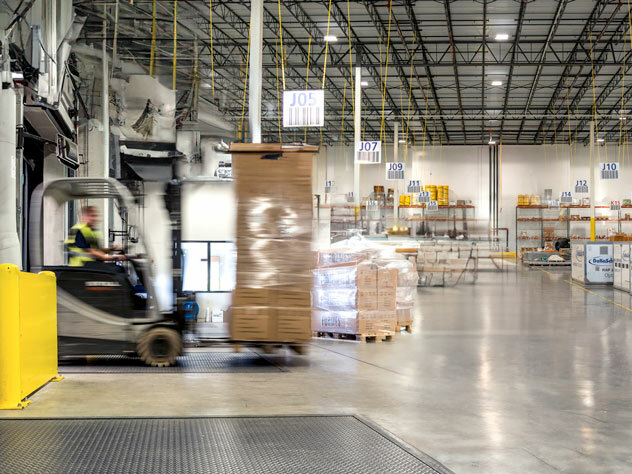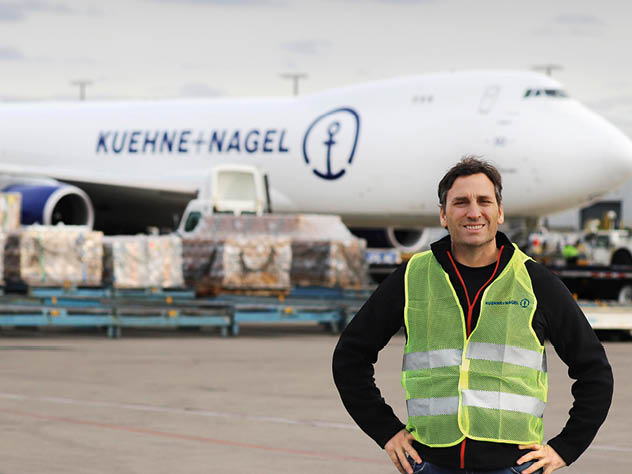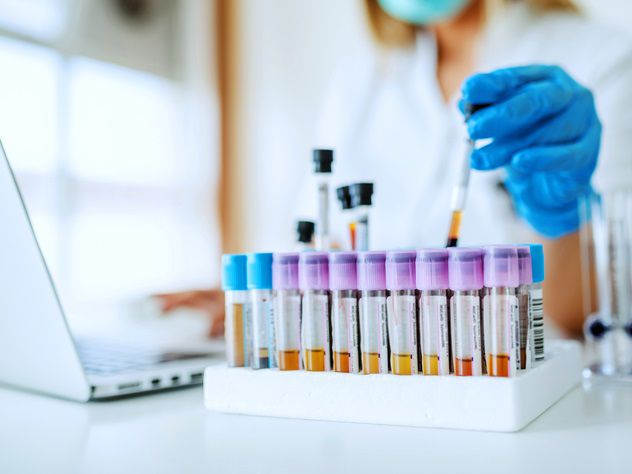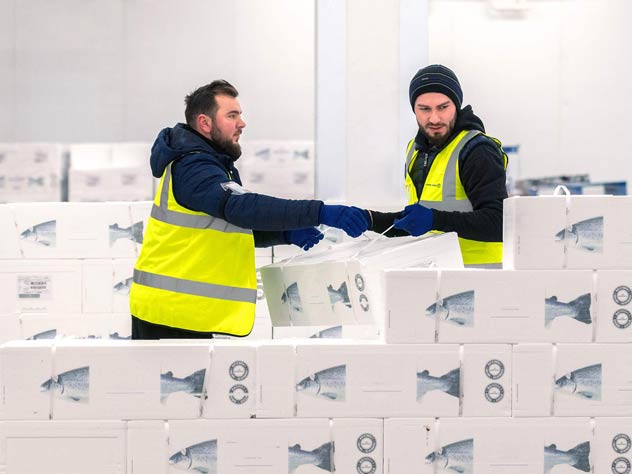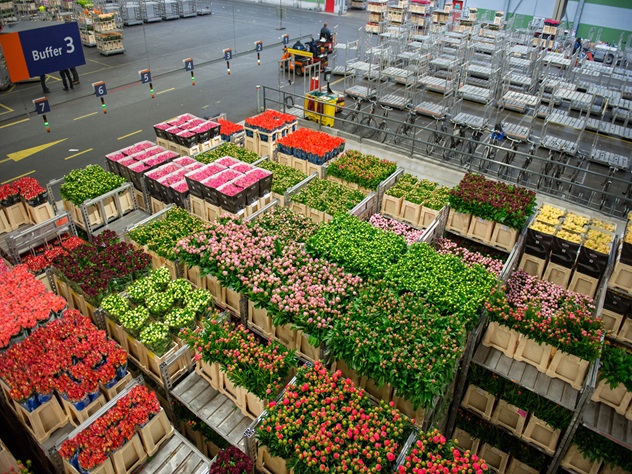On this page we will look at the intricacies of vaccines logistics and the importance of immunisation supply chains, in particular at transporting the active pharmaceutical ingredients (APIs) for mRNA vaccines, and we will shine a spotlight on the complex challenges of distributing vaccines for tropical diseases.
Impact of vaccine logistics on public health and the pharmaceutical industry
Ensuring the seamless flow of life-saving vaccines across the globe is essential when it comes to fighting disease. Efficient vaccine logistics processes contribute to improved public health outcomes globally. Additionally, the pharmaceutical industry benefits from accelerated time to market when they partner with a logistics service provider early in the research and development phase of a vaccine’s life cycle.
Challenges in vaccine supply chain management
The transportation of vaccines and APIs for mRNA vaccines present many challenges. APIs and vaccines can be very sensitive and often require specialised handling while being shipped to ensure that the product integrity is maintained.
Best practice: vaccine distribution hubs
Distribution hubs are integral to the success of immunisation supply chains and vaccine logistics; they provide:
-
Centralised coordination: Distribution hubs serve as central points for receiving, storing, and dispatching vaccines.
-
Strategic locations: Strategically located hubs can optimise the geographical coverage of vaccine distribution and ensure a timely delivery to remote areas. Many vaccine manufacturers use our hubs in Singapore, Memphis, and Belgium for vaccine distribution in Asia Pacific, the US and Europe respectively.
-
Vaccine cold-chain management: Many vaccines, especially those with sensitive components such as mRNA vaccines, require precise temperature control to ensure that the efficacy of the vaccines is maintained.
-
Quality control and assurance: Rigorous checks are carried out on incoming and outgoing shipments to ensure that products meet the required standards and that stability risks are managed.
-
Visibility and control: 24/7 security and monitoring ensure that customers have real-time visibility into the movement of their products throughout the supply chain. This transparency is also crucial for monitoring inventory levels, and for ensuring that products are shipped based on shelf life.
-
Emergency response: Centralised hubs allows for quicker mobilisation of vaccine supplies to areas affected by disease outbreaks or other health crises.
Case study: distribution of vaccines against a viral mosquito-borne tropical disease
Mosquito-borne tropical diseases can cause high fevers, severe headaches, eye pain, and joint and muscular aches. These diseases can be fast spreading and life threatening. Globalisation, air travel, and urbanisation have contributed to the global transmission of tropical diseases to new areas, such as continental Europe. When there is no specific antiviral treatment for potentially deadly diseases, a preventative vaccine is the best public health policy.
Background
A leading vaccine manufacturer needs to distribute vaccines globally to some of the world’s most remote areas.
Challenges
Temperature control and delivery to remote locations. Continuous cold chain and other stringent requirements must be adhered to in order to ensure that the vaccine’s efficiency is preserved at all times.
Approvals to administer the vaccine are coming in rapidly, resulting in the opening of new markets and the need to for a seamless vaccine distribution plan.
Solutions
The customer approved the Kuehne+Nagel 2 to 8 °C facility in Geel, Belgium as the global distribution hub for the vaccine, and approved the -20°C warehouse in Liege, Belgium to store semi-finished product. Global air transportation has been secured for all shipments of the vaccine, and Kuehne+Nagel’s European Healthcare fleet will deliver vaccines to southern Europe.



